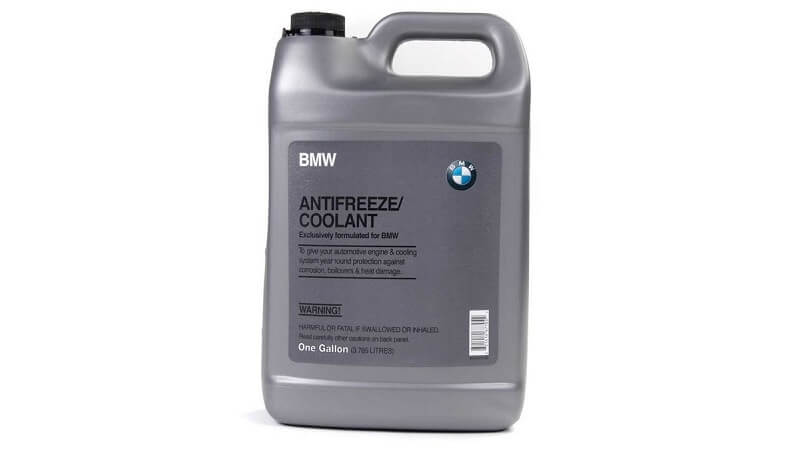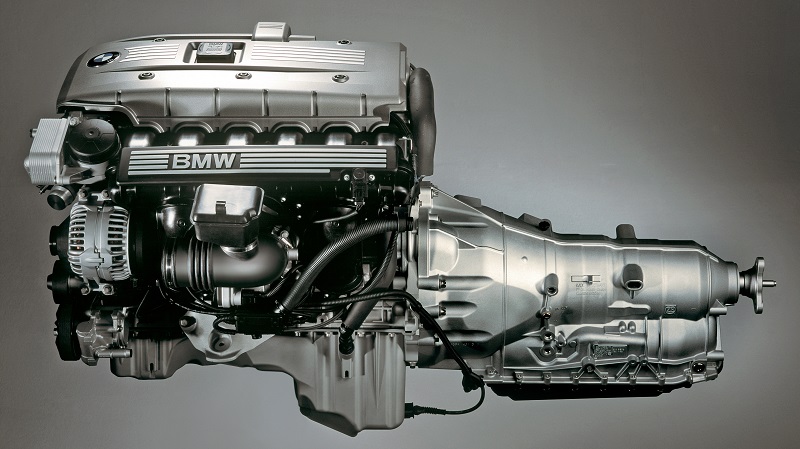Exemplifying precision engineering and attention to detail, a BMW outperforms the realm of mere transportation, emerging as a finely tuned masterpiece. Of all the essential elements fortifying the power of your BMW, one such crucial component in ensuring the smooth operation of its engine is the Engine Coolant Temperature Sensor.
In the world of BMW diagnostics, one Diagnostic Trouble Code (DTC) that can set off alarms for enthusiasts and owners is the 2EE0 BMW code related to the Engine Coolant Temperature Sensor issue.
Understanding the implications of this DTC and addressing it quickly is essential to prevent potential damage to the engine and maintain the vehicle’s peak performance.
In this comprehensive guide, we will go into the details of the Engine Coolant Temperature Sensor, explore the common symptoms indicating a malfunction, and guide you through the diagnostic process and effective solutions for the 2EE0 BMW code.
Whether you’re a seasoned BMW enthusiast or a newcomer to the brand, this comprehensive guide aims to equip you with the knowledge needed to troubleshoot and resolve issues related to the Engine Coolant Temperature Sensor.
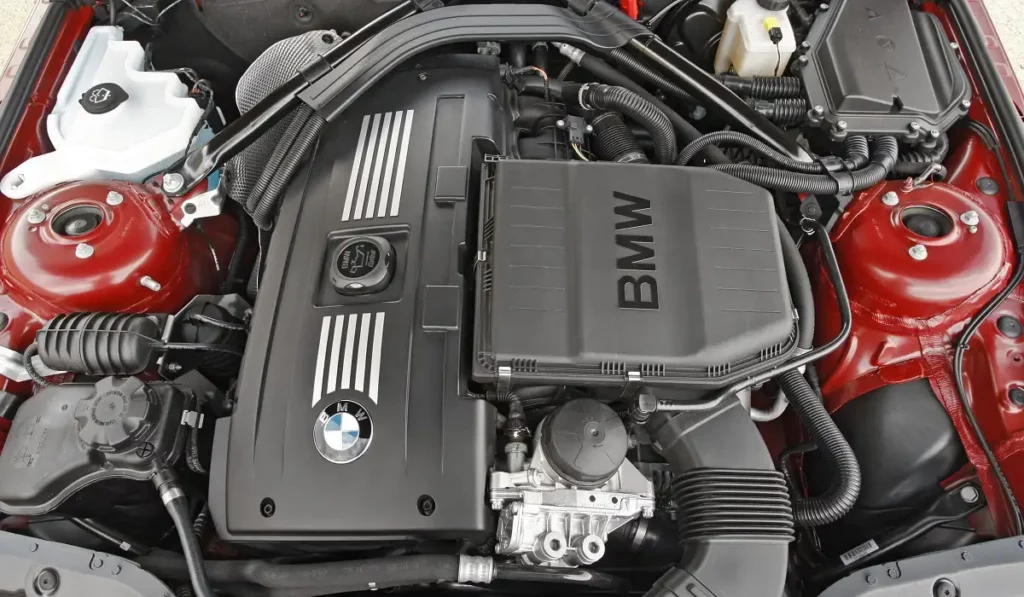
Understanding the Engine Coolant Temperature Sensor
The Engine Coolant Temperature (ECT) sensor is a critical component in the complex structure of BMW’s engine management system. This sensor is strategically placed within the engine and is tasked with monitoring the temperature of the coolant circulating through the engine.
Role of the Engine Coolant Temperature Sensor
At its core, the ECT sensor is responsible for providing real-time temperature data to the Digital Motor Electronics (DME). This information is crucial for the DME to make decisions that optimize fuel injection timing, air-fuel mixture ratios, and ignition timing.
The ECT sensor ensures the engine operates within its ideal temperature range, boosting fuel efficiency, emission control, and overall engine performance.
How the Sensor Works
As the engine runs and heats the coolant, this temperature change is directly sensed by the coolant temperature sensor. Most automotive applications use Negative Temperature Coefficient (NTC) thermistors, where the resistance decreases as the temperature increases. The sensor exhibits high resistance when the coolant is cold, which diminishes as the coolant warms up. This change in resistance alters the voltage across the sensor, creating a variable voltage signal that the sensor transmits to the DME.
The DME, equipped with a map correlating voltage values to temperature readings, interprets this signal and converts it into a temperature reading. Based on this information, the DME makes critical adjustments to the fuel injection rate, engine idle speed, and cooling fan operation.
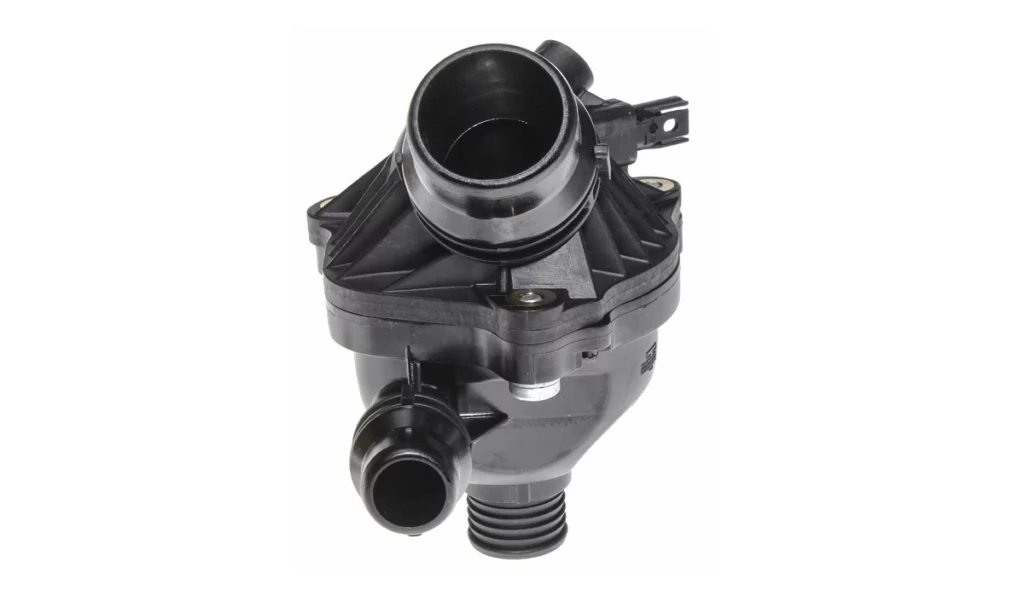
These adjustments are essential for maintaining optimal engine performance and preventing overheating. Thus, with its simple yet effective mechanism of a temperature-sensitive resistor, the coolant temperature sensor is a vital component for real-time engine temperature monitoring and management.
Importance of Accurate Temperature Readings
Accurate temperature readings from the ECT sensor are vital for several reasons. The engine’s efficiency and performance are optimized when operating within the ideal temperature range.
Too high or too low temperatures can lead to poor fuel economy, increased emissions, and potential engine damage. The ECT sensor is the guardian, ensuring the engine operates at the right temperature for optimal performance and longevity.
Common Symptoms of a Faulty Engine Coolant Temperature Sensor
Now that we’ve established the crucial role of the Engine Coolant Temperature (ECT) Sensor in a BMW’s engine management system, we must recognize the common symptoms that may indicate a malfunctioning sensor.
Identifying these signs early on is crucial for preventing potential engine damage and maintaining the optimal performance of your BMW.
Immediate Attention Required: Engine and Coolant Temperature Warning Lights
A clear signal of a malfunction in the Engine Coolant Temperature (ECT) sensor is the activation of the check engine light on your dashboard, particularly when it’s linked to the fault code 2EE0 BMW.
This occurs when the DME detects anomalies in the temperature readings, prompting it to illuminate the check engine light and log a diagnostic trouble code. The 2EE0 BMW code, tied explicitly to ECT sensor issues, is a critical alert that should not be ignored. Prompt action is essential when these warning lights appear to ensure your vehicle’s safety and proper functioning.

Limp-Home Mode Activation
When the 2EE0 BMW fault is active, your vehicle may enter a ‘limp-home’ mode as a precautionary measure. This mode is initiated to protect the engine when critical faults, like those indicated by the 2EE0 BMW code, are detected. In limp-home mode, you will likely observe two primary symptoms:
- Reduced Engine Power — The vehicle deliberately limits its power output. This limitation is a safeguard against potential damage under abnormal conditions. You’ll notice a significant decrease in the engine’s performance as the system restricts power to prevent further complications.
- Radiator Fan Operating at Maximum — The vehicle cannot accurately gauge the engine’s temperature without reliable data from the Engine Coolant Temperature sensor. As a precaution, the radiator fan may run at its highest speed to avoid overheating, regardless of the actual coolant temperature. This response is due to the lack of a definitive basis for the engine’s coolant temperature, leading to a default safety measure of increased cooling.
Overheating or Engine Warm-Up Period Takes Time
If the ECT sensor provides inaccurate readings, the engine may run either too hot or the engine warm-up phase will take longer. Overheating poses a risk of engine damage, while longer engine warm-up periods can lead to poor fuel combustion and increased emissions.
Experience Unbeatable Prices on Genuine BMW Parts Selection
Bimmers.com is your ultimate destination for a comprehensive collection of authentic BMW and OEM parts, all offered at unbeatable online prices. Our goal is to equip every BMW enthusiast with top-notch car parts, making high costs a thing of the past for crucial vehicle maintenance. Our extensive selection is meticulously curated to meet your BMW’s unique needs, ensuring a flawless fit and strict adherence to OEM standards. Choosing Bimmers.com means enjoying exceptional savings without sacrificing part quality, making us the go-to source for BMW DIYers who demand great value and reliability.
Potential Causes of the 2EE0 BMW Code
Diagnosing the 2EE0 BMW code related to the Engine Coolant Temperature (ECT) Sensor involves investigating various potential causes. Identifying these factors is crucial in addressing the issue and restoring your BMW’s optimal performance. Here, we explore some common causes behind the 2EE0 BMW code:
Faulty ECT Sensor
The most straightforward explanation for the 2EE0 BWM code is a malfunctioning ECT sensor. Over time, these sensors can degrade or fail, providing inaccurate temperature readings to the DME (Digital Motor Electronics).
Wiring Issues
Damaged or corroded wiring connected to the ECT sensor can disrupt the signal transmission between the sensor and the DME. This interference can trigger the 2EE0 BMW code and compromise the accuracy of temperature readings.
Cooling System Problems
Issues within the cooling system, such as a malfunctioning thermostat or low coolant levels, can impact the ECT sensor’s ability to measure temperature accurately. A cooling system in disrepair may lead to overheating or overcooling, triggering the 2EE0 BMW code.
Digital Motor Electronics (DME) Issue
Rarely, a malfunction within the DME itself could be the cause of the 2EE0 BMW code. This may involve issues with the DME’s ability to interpret and effectively respond to signals from the ECT sensor.
Diagnostic Steps
As we became familiar with the common causes of the ECT sensor issue that resulted in the 2EE0 BMW code popping up, the next step is to go through the diagnostic procedures. Addressing a 2EE0 BMW code related to the ECT sensor issue requires precise diagnostic steps. These systematic diagnostic measures ensure accurate identification and resolution.
Use of Diagnostic Tools and OBD-II Scanners
Connect a reliable OBD-II scanner to your BMW’s onboard diagnostic port. Retrieve the fault codes, paying close attention to the 2EE0 BMW code. Diagnostic tools provide valuable insights into the coolant temperature sensor’s specific issues.
Evaluate Sensor Response to Temperature Changes
- Start the engine and monitor the ECT sensor’s readings in real-time using the OBD-II scanner.
- Wait until the engine temperature gradually increases.
- Observe the sensor’s response and ensure that the temperature readings correspond accurately to the changes.
Checking for Sensor Resistance and Voltage
- With the engine turned off, locate the coolant temperature sensor in the engine bay.
- Use a multimeter to measure the sensor’s resistance and voltage output. Compare the reading with the specifications provided in your BMW’s service manual. With the multimeter connected, turn on the engine. You need to read the voltage while the engine is running, as the temperature and, thus, the sensor’s resistance (and voltage) will change with the engine’s temperature. Observe the voltage reading on the multimeter. The voltage should vary as the engine warms up.
- Just a reminder — when measuring resistance, the ECT connector must be removed to isolate it from the power supply. If you are going to measure its output voltage, you will need to perform a back-probe measurement.
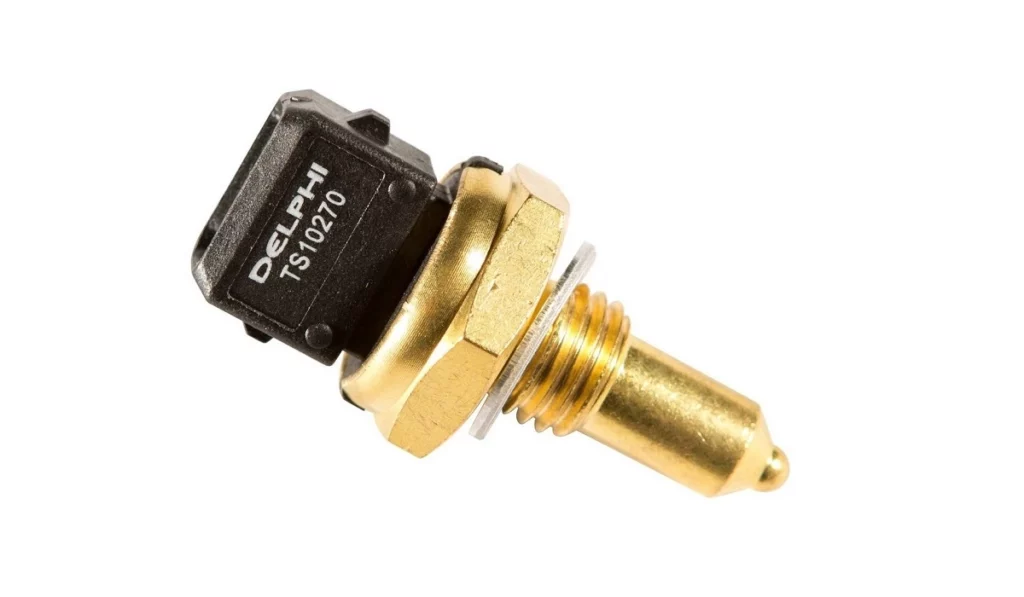
Inspecting Wiring and Connections
- Thoroughly examine the wiring harness connected to the coolant temperature sensor. Look for signs of damage, wear, or corrosion.
- Ensure secure and clean electrical connections. Clean any corroded terminals and repair or replace damaged wiring.
Check Coolant Levels and System Integrity
- Verify that the coolant levels are within the recommended range. Low coolant levels can affect temperature readings.
- Inspect the entire coolant system for leaks, including hoses, the radiator, and the water pump.
- Perform a pressure test on the cooling system to identify potential leaks that may impact the sensor’s accuracy.
Fixing the 2EE0 BMW Code
Once you’ve identified the issues with the coolant temperature sensor and its associated components, it’s time to address and fix them effectively. Follow these steps to resolve the 2EE0 BMW code and restore the optimal performance of your BMW vehicle.
Replace the ECT Sensor
- Consider replacing if the sensor shows signs of age-related degradation or provides inconsistent readings.
- Purchase a genuine BMW, OEM, or a high-quality aftermarket ECT sensor to ensure compatibility and accurate temperature readings.
- Follow your BMW service manual or online guides for the location and replacement procedure.
Inspect and Replace Wiring
- If wiring issues are detected, repair or replace damaged sections of the wiring harness.
- Ensure all connections are secure and free from corrosion.
- Consider using dielectric grease on electrical connections to prevent future corrosion.
Address Coolant System Malfunctions
- If leaks are detected, repair or replace the affected components (hoses, radiator, water pump, etc.)
- To maintain proper temperature control, perform a coolant flush and refill with the recommended coolant.
- Verify that the thermostat is functioning correctly and replace it if necessary.
Fix the 2EE0 BMW Code Using the Quality ECT Sensor
The 2EE0 BMW code, a DTC, identifies explicitly issues related to the ECT sensor. When this code appears, it serves as a red flag, indicating the need for immediate attention and repair. If you find yourself facing this code, it’s highly advisable to address the issue shortly.
If you’ve reached this section, it suggests your concern about the problem. It likely implies a good understanding of how to deal with it — including recognizing symptoms, understanding causes, following diagnostic steps, and implementing the necessary fixes.
Finding the right part for your BMW is crucial to effectively resolve the root cause of the problem. Bimmers.com offers an extensive selection of genuine BMW parts, OEM, and high-quality aftermarket ECT sensors specifically designed for your BMW model. Visit our store to discover the ECT sensor guaranteed to fit seamlessly into your BMW. When dealing with the 2EE0 BMW code, prioritizing quality is critical, and Bimmers.com is your ultimate destination for all your automotive needs of the highest quality.








